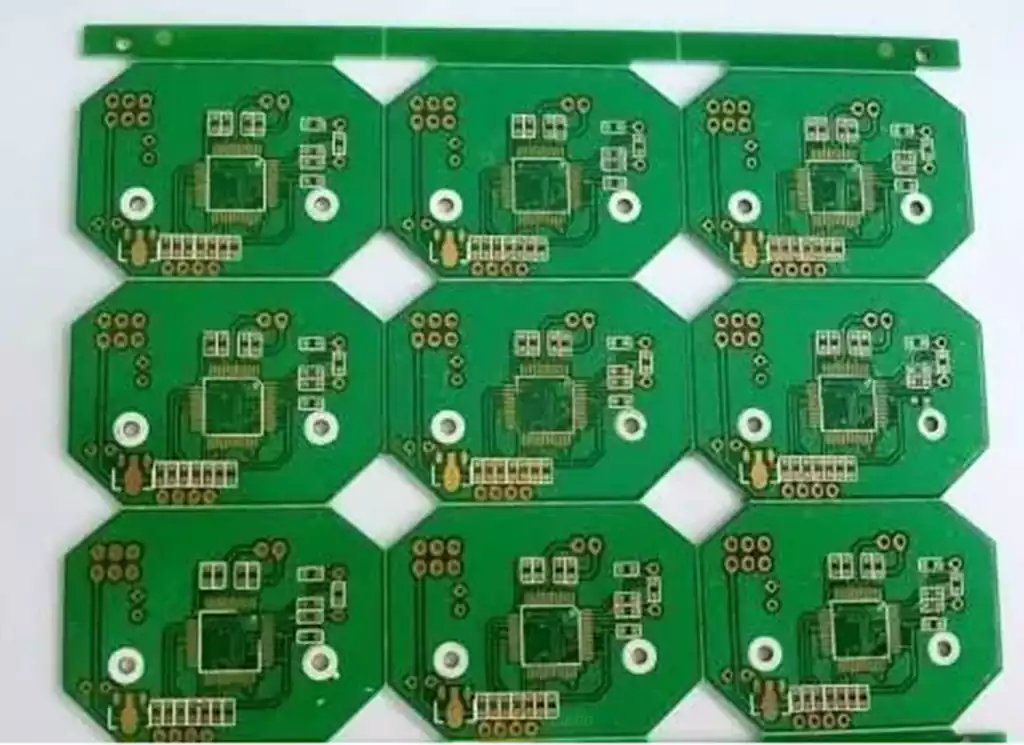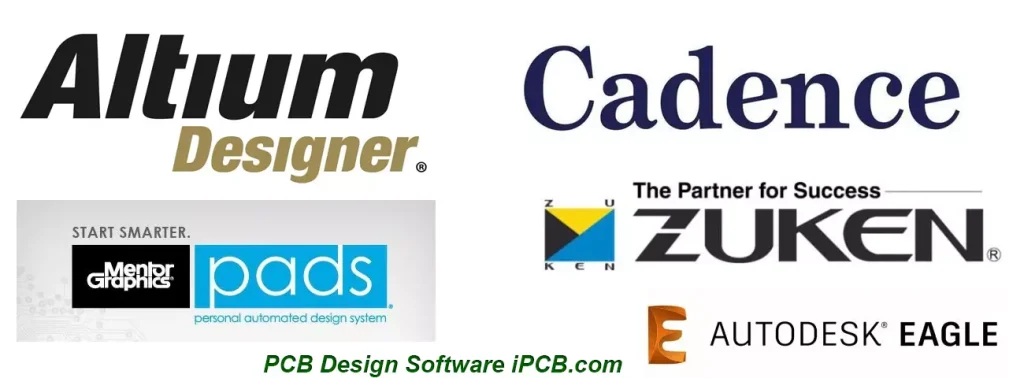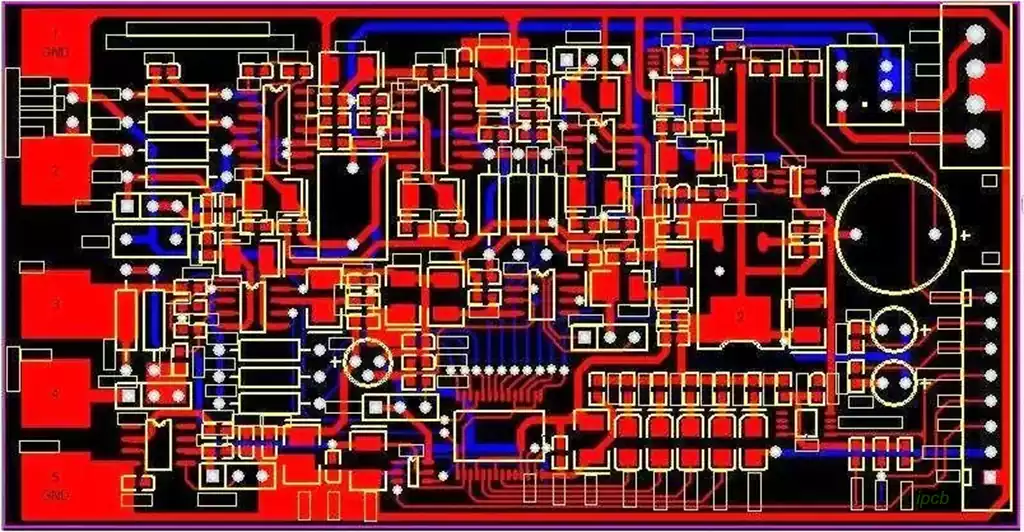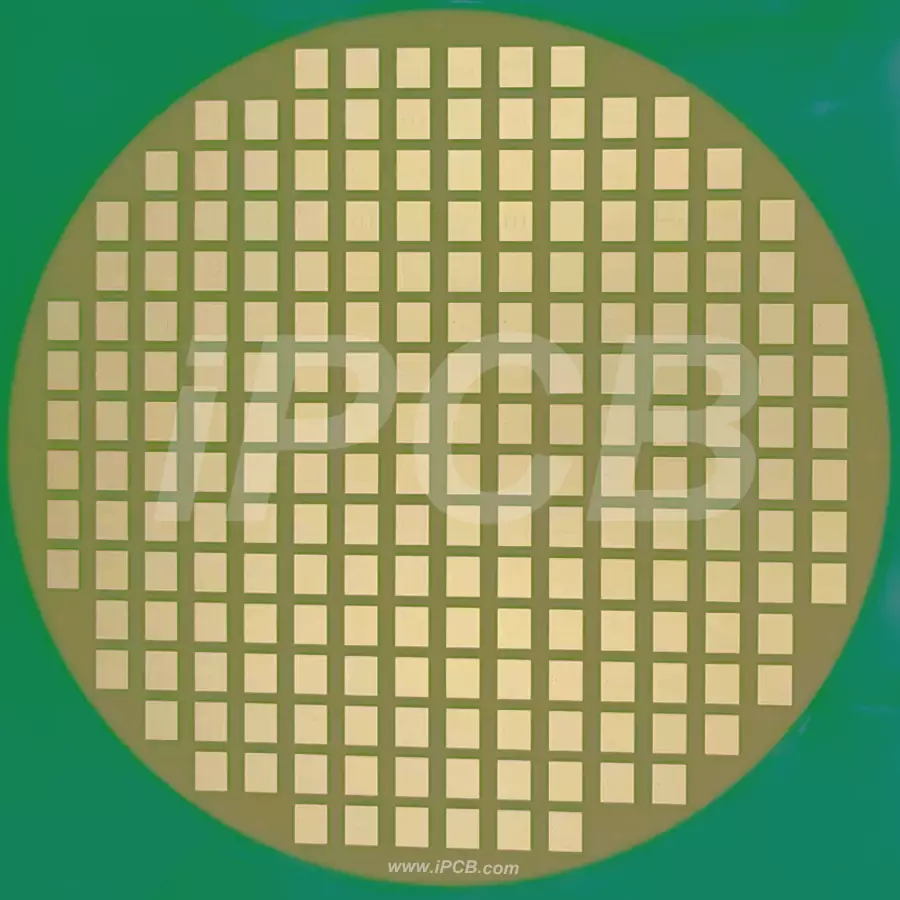Halogen free pcb refer to substrates that do not contain halogens (elements such as fluorine, bromine, iodine, etc.). Since halogen elements, especially bromine, can produce toxic gases when burned, halogen free substrates meet environmental requirements. This type of substrate is mainly used for the manufacture of the circuit boards, a type of printed circuit board manufactured using flame-retardant materials that do not contain bromine and chlorine.
Why ban halogens
Halogen, refers to the halogen group elements in the periodic table of chemical elements, including fluorine (F), chlorine (CL), bromine (Br), and iodine (1). At present, flame retardant substrates, FR4, CEM-3, etc., flame retardants are mostly brominated epoxy resins. Brominated epoxy resin, tetrabromobisphenol A, polymerized polybrominated biphenyls, polymerized polybrominated biphenyl ethyl ether, polybrominated diphenyl ether is the main fuel retardant for copper-clad laminates, which is low-cost and compatible with epoxy resin. However, the relevant agencies have shown that halogen-containing flame retardant materials (polymerized polybrominated biphenyls PBB: polymerized polybrominated biphenyl ether PBDE), discarded on fire and burning, it will release di- uming (dioxin daio-sin TCDD), benzofuran (Benzfuran), etc., the amount of fuming is large, the smell is unpleasant, highly toxic gases, carcinogenic, and after ingestion can not be discharged, is not environmentally friendly, and affects human health. Therefore, the European Union initiated the ban on electronic information products to PBB, PBDE as a flame retardant. The Ministry of Information Industry of China also requires that by July 1, 2006, electronic information products put on the market must not contain lead, mercury, hexavalent chromium, polymerized polybrominated biphenyls (PBB) or polymerized polybrominated biphenyls (PBB) or polymerized polybrominated biphenyls (PBDE), and other substances.
The EU law prohibits the use of PBB and PBDE and other six substances, it is understood that PBB and PBDE in the copper-clad laminate industry is basically not in use, more often used in addition to PBB and PBDE other than bromine flame retardant materials, such as tetrabromobisphenol A, dibromophenol and so on, whose chemical molecular formula is CISHIZOBr4. This type of bromine-containing as a flame retardant for the laminated copper plate has not been any laws and regulations to stipulate. However, this type of bromine-containing copper-clad laminates will release a large amount of toxic gases (brominated type) and a large amount of smoke during combustion or electrical fires; when PCBs are used for hot-air leveling and component soldering, the boards are subjected to high temperatures (>200), which will also release a trace amount of hydrogen bromide; and whether it will also produce dioxin, is still being evaluated. Therefore, FR4 boards containing Tetrabromobisphenol A flame retardant are not legally banned and can still be used, but they cannot be called halogen free pcb.

Principle of halogen free pcb
For the time being, most of the halogen-free materials are mainly based on phosphorus and phosphorus-nitrogen systems. Phosphorus-containing resins in the combustion, thermal decomposition to generate metaphosphoric acid, very strong dehydration, so that the polymer resin surface to form a carbonized film, isolating the resin burning surface and air contact, so that the fire extinguished, to achieve the effect of flame retardant. Polymer resins containing phosphorus and nitrogen compounds produce non-combustible gases during combustion, assisting the resin system to be flame retardant.
Halogen-free sheet characteristics
01.Insulation of the material
Due to the use of P or N to replace the halogen atoms and thus reduce the polarity of the molecular bonding segment of the epoxy resin to a certain extent, thereby improving the insulation resistance and resistance to breakdown.
02.Water absorption
Halogen-free sheet due to the nitrogen and phosphorus system of the reduction of oxygen resin in the N and P to the electron relative to the halogen is less, and its hydrogen atoms in the water with the formation of hydrogen bonding is less likely than halogen materials, and therefore the material’s water absorption is lower than the conventional halogen system of flame-retardant materials. Low water absorption has an effect on the reliability and stability of the material.
03.Thermal Stability of Materials
The content of nitrogen and phosphorus in halogen-free sheets is higher than the halogen content of conventional halogen-based materials, which increases the molecular weight of the monomer and the Tg value. In the case of heat, the molecular mobility will be lower than the conventional epoxy resin, and thus the coefficient of thermal expansion of the halogen-free material is relatively small.
Increasing demand for halogen-free
Relative to halogen-containing panels, halogen-free panels have more advantages, halogen-free panels to replace halogen-containing panels is also the trend. Halogen-free solder resist ink is also introduced on the market there are many kinds of its performance and ordinary liquid photographic ink is not much different, the specific operation is also basically the same as ordinary ink.
Halogen free pcb usually have good heat dissipation, reliability, more suitable for lead-free circuits required for high-temperature processes. It also maintains signal integrity because it has a low dielectric constant. So the demand for halogen free circuit boards has grown.



